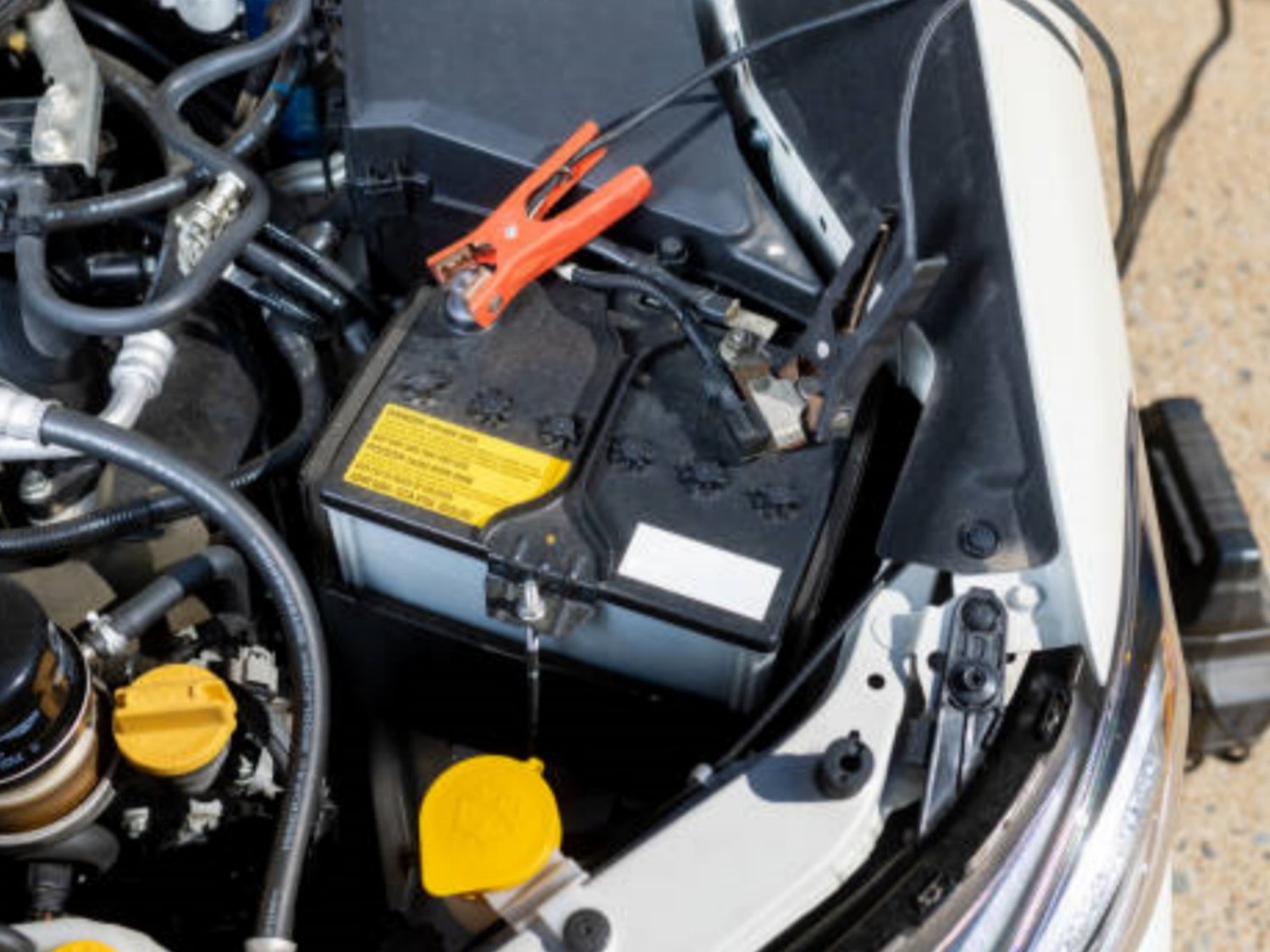Understanding the Significance of a Pedelec Battery Management System
In the world of pedal electric cycles, commonly known as pedelecs, the battery management system plays a crucial role in ensuring optimal performance and longevity of the battery. This article aims to shed light on the importance of a Pedelec Battery Management System and its various aspects. From enhancing efficiency to prolonging battery life, a well-designed battery management system is essential for a seamless and enjoyable riding experience.
1. Maximizing Energy Efficiency
A Pedelec Battery Management System is responsible for efficiently managing the flow of energy from the battery to the motor. By monitoring the battery's voltage and current levels, the system ensures that the motor receives the appropriate amount of power at all times. This optimization leads to improved energy efficiency, allowing riders to cover longer distances on a single charge.
2. Extending Battery Lifespan
A well-maintained battery is essential for the longevity of a pedelec. The Battery Management System helps achieve this by preventing overcharging and over-discharging. By carefully monitoring the battery's state of charge and implementing charging algorithms, the system ensures that the battery operates within safe voltage limits. This significantly extends the overall lifespan of the battery, saving riders from the hassle and expense of frequent battery replacements.
3. Balancing Cell Voltages
Pedelec batteries consist of multiple cells connected in series. Over time, these cells can experience voltage imbalances due to variations in manufacturing or usage. A Pedelec Battery Management System actively monitors each cell's voltage and ensures that they remain balanced. By equalizing cell voltages, the system helps prevent premature cell failure and maintains the overall capacity and performance of the battery.
4. Temperature Management
Battery performance can be significantly affected by temperature fluctuations. Extreme heat or cold can lead to reduced battery life and diminished performance. A Pedelec Battery Management System includes temperature sensors that monitor the battery's temperature and take appropriate measures to mitigate any adverse effects. This may involve adjusting the charging rate or providing warnings to the rider to avoid operating the pedelec in extreme temperature conditions.
5. Overcurrent and Short Circuit Protection
As with any electrical system, pedelec batteries are susceptible to overcurrent and short circuit events. A robust Battery Management System incorporates protection mechanisms to prevent such occurrences. By constantly monitoring the current flow and detecting any abnormalities, the system can promptly shut down the circuit and prevent damage to the battery or other components. This not only safeguards the pedelec but also ensures the rider's safety.
6. State of Charge Estimation
Accurately estimating the remaining charge in a pedelec battery is crucial for planning rides and avoiding unexpected power depletion. A Pedelec Battery Management System employs advanced algorithms to estimate the State of Charge (SoC) based on various factors such as voltage, current, and temperature. This information is then relayed to the rider through a display or smartphone application, allowing them to make informed decisions regarding their journey.
7. Communication and Diagnostic Capabilities
Modern Pedelec Battery Management Systems often incorporate communication interfaces, such as Bluetooth or CAN bus, to enable communication with external devices. This enables riders to monitor battery performance, diagnose faults, and update firmware as needed. Diagnostic capabilities offered by a well-designed system ensure that any issues or anomalies can be promptly detected and addressed.
8. Enhanced Safety Features
A Pedelec Battery Management System plays a vital role in ensuring the safety of both the rider and the pedelec. By actively monitoring various parameters, such as temperature, voltage, and current, the system can detect potential safety risks. In the event of an anomaly, the system can trigger safety measures such as cutting off power or providing audible and visual warnings to the rider.
9. Optimal Performance in Various Riding Conditions
Whether riding on flat terrain or tackling steep hills, a Pedelec Battery Management System ensures that the pedelec delivers optimal performance in different riding conditions. By dynamically adjusting power delivery based on the rider's input and the terrain's demands, the system optimizes energy usage and enhances the overall riding experience. This adaptability makes pedelecs suitable for a wide range of riders and terrains.
10. Future Developments and Innovations
As the popularity of pedelecs continues to grow, manufacturers are investing in research and development to further enhance battery management systems. This ongoing innovation aims to improve energy efficiency, increase battery capacity, and integrate smart features such as predictive range estimation and regenerative braking. With advancements in battery technology and the continuous evolution of battery management systems, the future of pedelecs looks promising.

